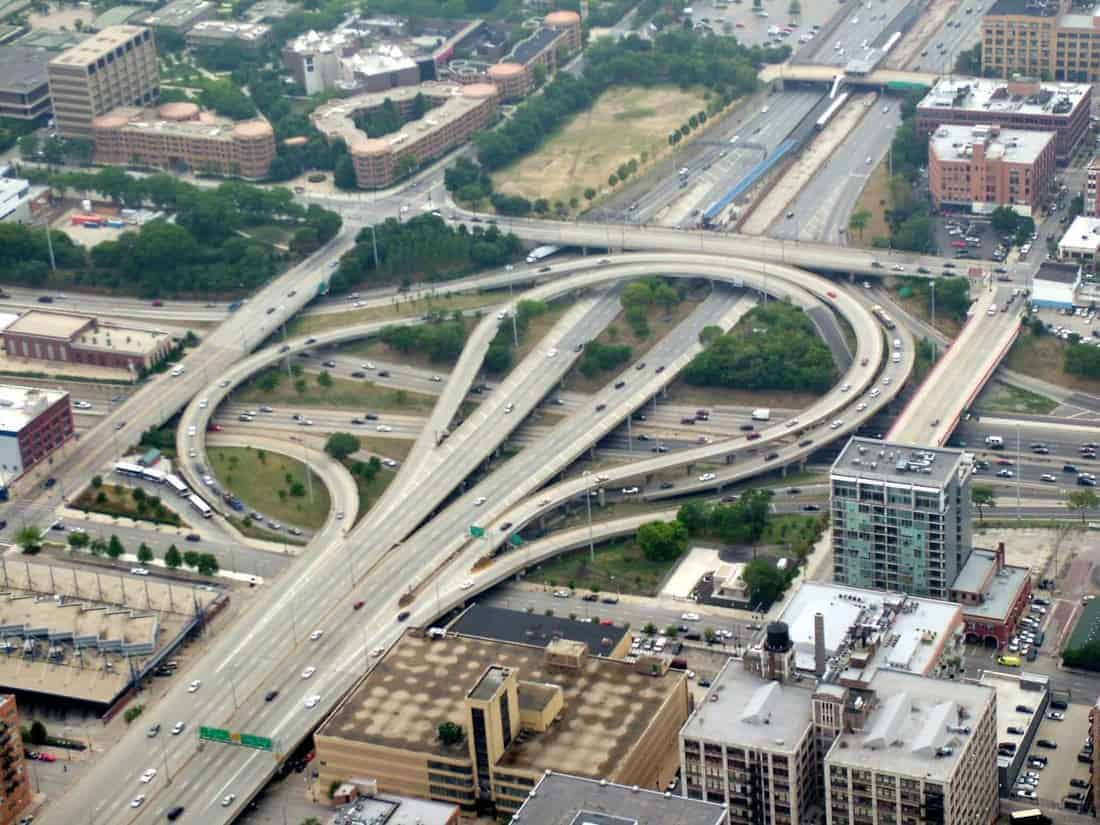Regulating access to Wilderness: Differences between Europe and the US
My trip to Vail with Terry Minger and Meredith Miller did not only show me Colorado’s beautiful, stunning landscape and the quite European looking town of Vail. But it also lead me to the Walking Mountains Science Centre, where we met Kim Langmaid, Founder and Vice President of Walking Mountains Science Centre. Kim Langmaid is also director of sustainability & stewardship programs at the centre.

Please also read: Centennial of the U.S. National Park Service
Walking Mountains Science Centre
The Walking Mountains Science Center offers a broad variety of programmes to make science and environmental protection accessible for locals and visitors of every age group. Programmes such as “Girls in Science“, “Eagle Valley Outdoor Movement“, “Energy Efficiency Programs” or regular hikes and walks make it possible “to explore nature, to gain a scientific understanding and to learn about the many wonders of our mountain environment”. Another interesting program of the center is the “Graduate Fellowship in Natural Science Education“. This is a 2 year program combining a science education, a Master of Arts graduate program through the University of Northern Colorado’s School of Biological Sciences and the College of Natural and Health Sciences and Extended Campus, with teaching responsibilities in the classroom and the field during the summer camps and programmes of the center. So the Walking Mountains Science Center does not only offer programmes about nature and environmental protection, it actively trains future educators. Future co-operation with Kim Langmaid and the Walking Mountains Science Center will focus on building up similar programmes in Europe.
Europe and the United States – seeing it from the other side
This trip was accompanied by interesting discussions about similarities and differences between Europe and the United States. Getting insights into the American mindset and work ethics made me question my European ones. Americans tend to trust and believe in each other way faster. Consequently, taking risks and trying new things, in particular professionally, is more common than in Europe. Furthermore, liberty is an important value here. This does not only reflect on the personal or professional level, but also comes into play when talking about protecting Wilderness. Wilderness areas are always installed on public land, meaning they belong to everybody. This, however, strongly reflects in the rules for access and use to and of a Wilderness area. The US Wilderness Act does not regulate access and use as strict as the EWQA does. Meaning it is possible to access a Wilderness by foot and by horse and particular uses and interventions, for example to maintain trails, are allowed. Economical uses, such as mining, can be allowed under certain circumstances as well. In Europe the European Standard clearly defines that absolutely no Intervention (trail maintenance, invasive species, fire control, reforestation, etc) or management or extraction (logging, mining, berry picking, hunting, mineral collections, etc) in the Wilderness Zone (also sometimes called Core Zone) is allowed. Access with motorised vehicles or helicopters or planes is only allowed in extreme human emergency cases.
I am very grateful to Meredith Miller and Terry Minger to take me on this trip, to answer all my questions and for the many fruitful discussions we had.
What’s up next?
On Thursday I travel to Gunnison to meet with John Hausdoerffer of the Western Colorado State University again. I will also have the opportunity to meet with some of his colleagues and fellow Wilderness advocates. Additionally, I will check out some of Colorado’s finest Wilderness areas around Gunnison. Next week, I will meet with Heather MacSlarrow of the Society for Wilderness Stewardship and will start my trip up to Missoula, MT.








